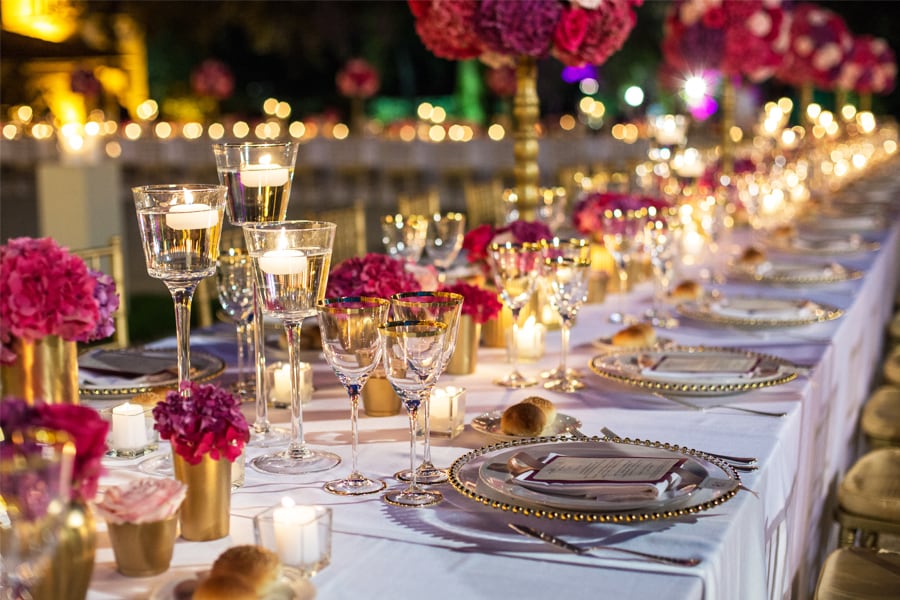
Etiquette as a luxury brand-building tool
How the luxury and prestige industries create immersive experiences to attract and deeply connect with their clients
 Etiquette perhaps acquired its greatest significance in France, with Louis XIV’s strategic use of Versailles as an instrument of power.
Image: Shutterstock
Etiquette perhaps acquired its greatest significance in France, with Louis XIV’s strategic use of Versailles as an instrument of power.
Image: Shutterstock
On 19 January 2024, André Terrail, owner and CEO of the legendary restaurant La Tour d’Argent in Paris, was a happy man. The sale of part of the tableware and elements of the historic décor of his establishment raised over €720,000 in just a few hours. What motivated people to obtain parts of a restaurant? Buyers aimed to acquire a piece of the magic the brand built over time through etiquette.
Defined as ways of doing things that allow for the expression and exercise of power, wealth, confidence and taste, etiquette is an old concept that brands have recently revived as a strategic tool to build new business value. What can managers learn from this rebirth?
Etiquette’s roots
Let’s take a step back. A few centuries ago, every European court had its own rules, whether Tudor etiquette in England or that of Louis XIV in France, to cite just two examples. These rules precisely governed social relationships, rituals and dress codes. Beyond the royal houses, they influenced, through a rapid trickle-down effect, the daily life of European high society.Etiquette perhaps acquired its greatest significance in France, with Louis XIV’s strategic use of Versailles as an instrument of power. State dinners and receptions involved much more than just feasts and entertainment. Failing to adhere to relevant standards meant losing one’s face, and sometimes death. Chef Vatel famously committed suicide at the Château de Chantilly after not having enough roast pheasant for guests on the first night of a royal banquet, and then thinking there wouldn't be enough seafood on the second day.
Throughout centuries, etiquette contributed to shape societal narratives and power dynamics. It served as a framework that governed the flow of time, the positioning of individuals and the arrangement of objects, while imbuing them with meaning and significance. As Norbert Elias astutely observed, etiquette operates as a subtle mechanism of social and behavourial control.
[This article is republished courtesy of INSEAD Knowledge, the portal to the latest business insights and views of The Business School of the World. Copyright INSEAD 2024]

















